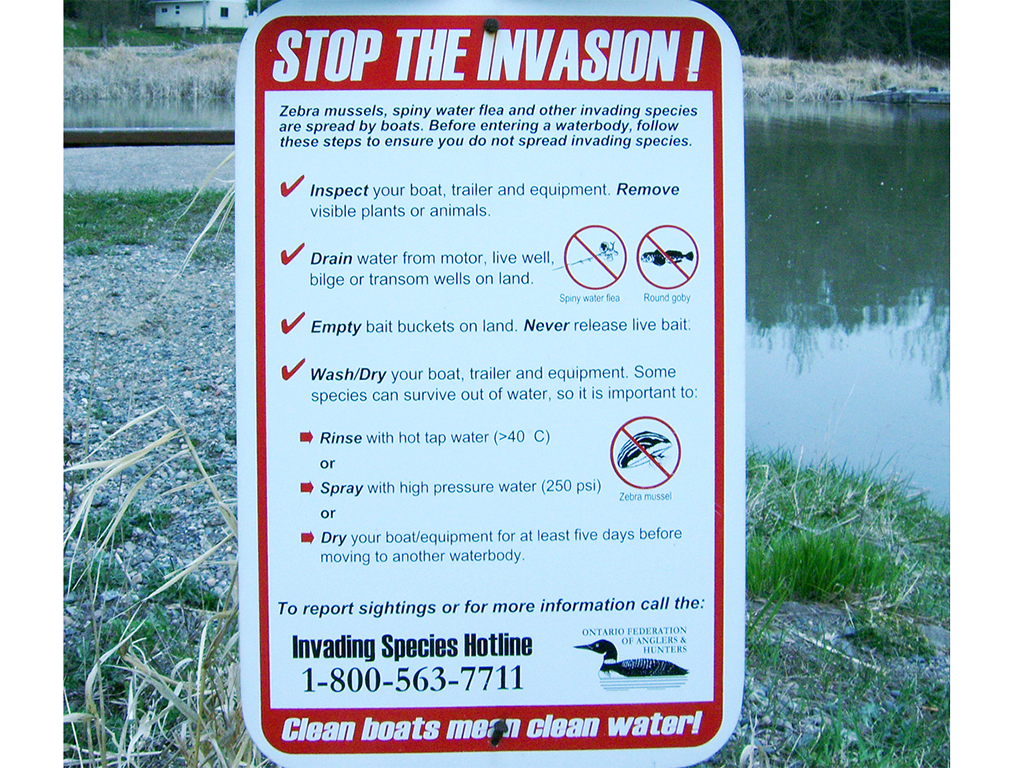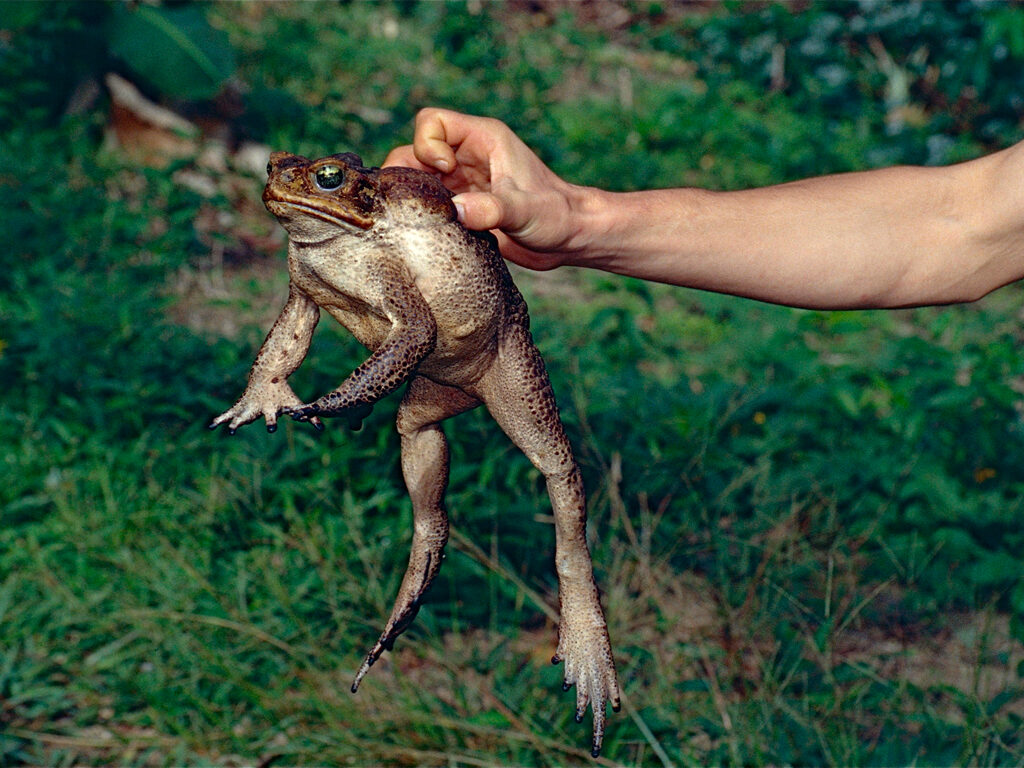When people move species
Sometimes people deliberately move animals or plants from one place in the world to another. We may intend for the species to do good its new location, such as by eating pests. We can also want to have species as house pets or to plant in our gardens. Some species have been moved so they can be hunted or fished.

Photo: Fungus-Guy-CC-BY-SA
Invasive species
Some species that are moved to new places have totally different abilities to survive than the species that are there naturally. The new species can be faster at reproducing, better at hunting, can eat more kinds of food and have no natural enemies.
When a species spreads uncontrollably and has no natural enemies in its new habitat it is called invasive. The risk is great that it pushes out other species and disrupts the ecosystem.

Photo: Bernard-DUPONT-CC-BY-NC-SA
Pest control that went wrong
In Australia owners of sugar cane plantations had big problems with pests that destroyed the plants. The owners planned to solve the problems by bringing cane toads, which lived in other parts of the world, into Australia to eat up the pests.
But because cane toads are very poisonous they had no natural enemies in Australia. They spread uncontrollably across Australia, to the archipelagos of Oceania and to the Caribbean.

Photo: Dennis-Jacobsen-Colourbox
Invasive species in Sweden
There are also invasive species in Sweden! One example is the racoon dog, which was implanted in western Russia to be hunted for its fur. It has spread via Finland to Sweden. It eats up other animals like birds, frogs and toads. The raccoon dog is also a big problem because it spreads parasites and illnesses. In Sweden, hunting racoon dogs is therefore legal all year round.

Photo: Colourbox
What can I do?
•Never release animals into nature that do not belong there. For example, if you have a pet that you can no longer keep. Sometimes people have released turtles into Pildammsparken in Malmö that should absolutely not be there.
•Find out what animals and plants that are invasive and report when you see any of them. You can do this at the website of the Swedish Agency for Marine and Water Management (Havs- och vattenmyndigheten) at www.havochvatten.se/rappen, or to the Swedish Species Information Centre (Artdatabanken) at www.invasivaarter.nu